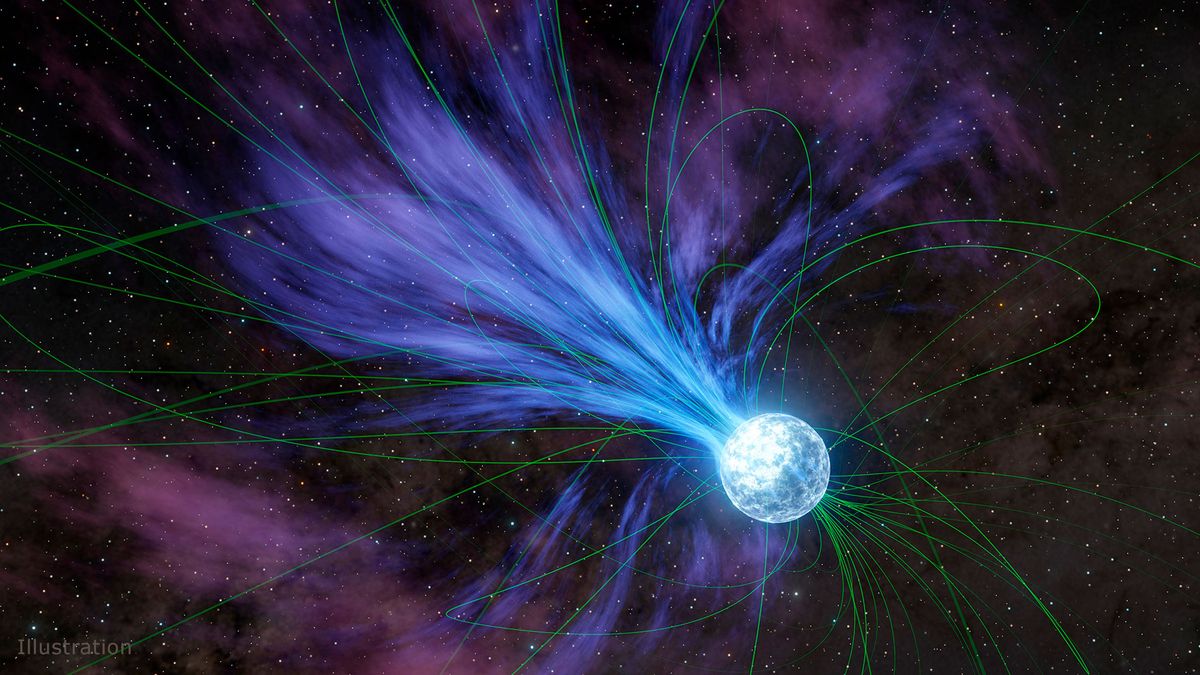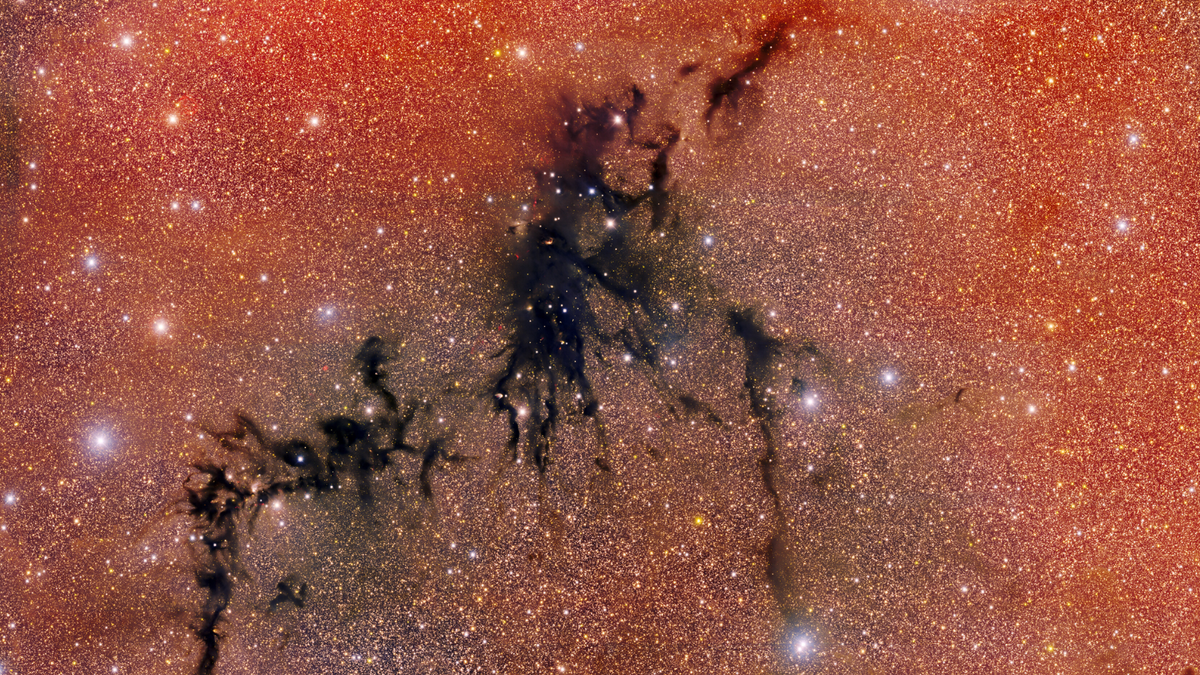Now Reading: Unveiling the Mysteries of Neutron Stars, the Universe’s Densest Objects
-
01
Unveiling the Mysteries of Neutron Stars, the Universe’s Densest Objects
Unveiling the Mysteries of Neutron Stars, the Universe’s Densest Objects

Quick Summary
- Neutron stars are remnants of exploded stars with immense density, containing material compressed into a small radius (a dozen kilometers across).
- Surface gravity on neutron stars is extreme, creating “mountains” only millimeters tall and a unique crust formed from heavy atomic nuclei and free electrons.
- Deeper layers reveal uncommon phenomena:
– Exotic isotopes exist due to gravitational compression.
– At depths over 1 kilometer, neutrons leak out of nuclei (“drip line”), but remain stable due to the environment’s massive density.
– “Nuclear pasta” forms in transitional regions-a dense matter composed of lumpy nuclei shapes like gnocchi, spaghetti, lasagne-compressed into uniform masses with defects like “antispaghetti.”
- The outer core displays superfluidity (neutrons moving with zero viscosity) and superconductivity (protons without electrical resistance). Density here resembles that of atomic nuclei.
- The core holds theoretical possibilities: superfluid neutrons or entirely broken-down particles forming quarks and gluons. Exact conditions remain speculative as this cannot be replicated in laboratories.
Refer to original article for further details: Read More.
Indian Opinion Analysis
The study of neutron stars offers profound scientific insights for humanity-including those in India-about fundamental physics that cannot be tested on Earth. Their extreme conditions challenge known theories about matter composition,nuclear forces,and particle behaviors under immense pressure. This could inspire advancements not just in astrophysics but also quantum mechanics research.
India’s growing investments in space science under organizations like ISRO provide an possibility to contribute considerably toward such explorations by pioneering theoretical models or participating in international collaborations aimed at studying these enigmatic celestial bodies.Strengthening education systems focused on astrophysics can definitely help Indian scientists engage further with complex global challenges posed by phenomena like neutron stars.
Such efforts resonate closely with India’s ambitions to solidify its position as a leader in science-driven innovation while inspiring the next generation toward untold mysteries within our universe.























